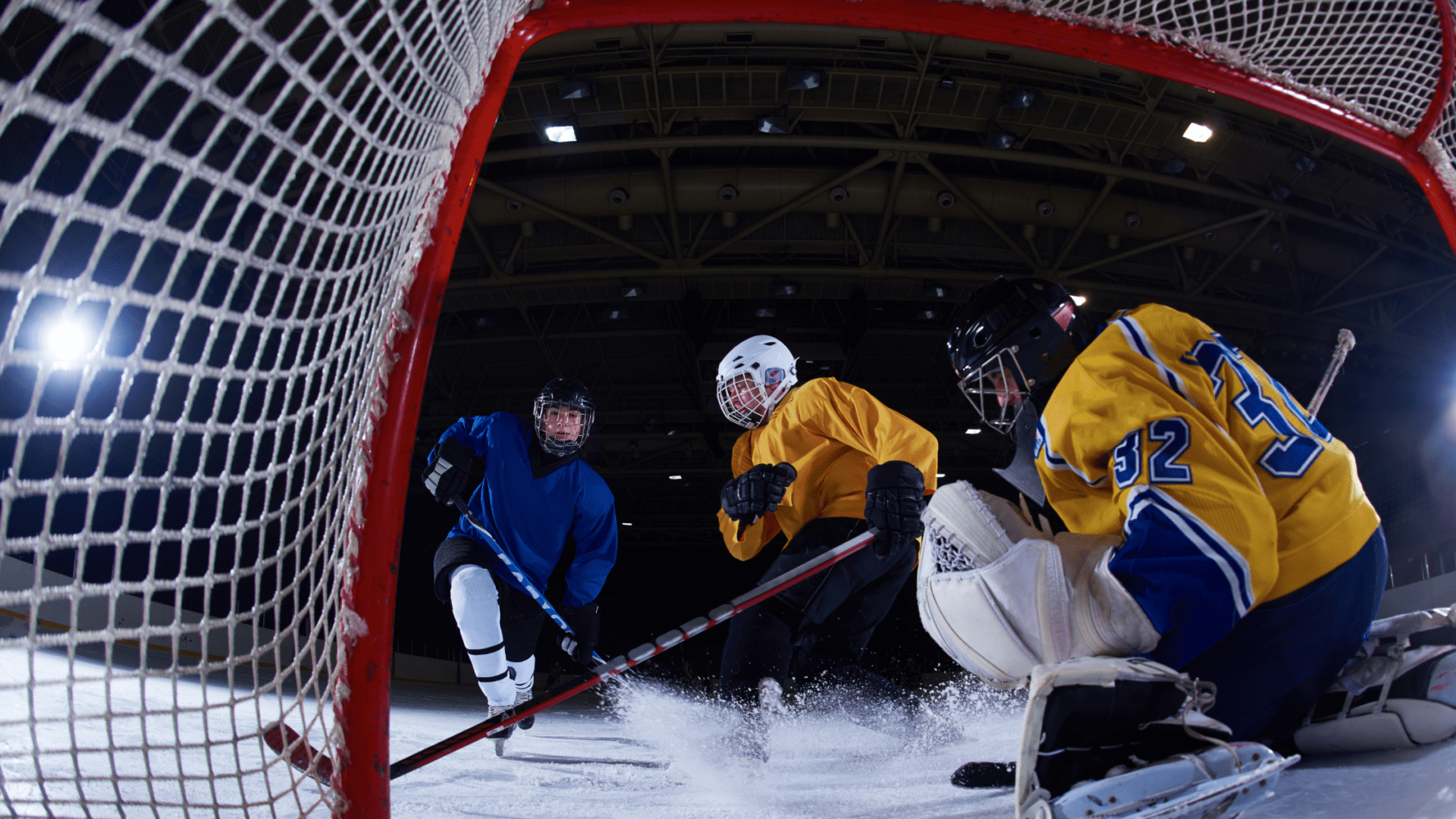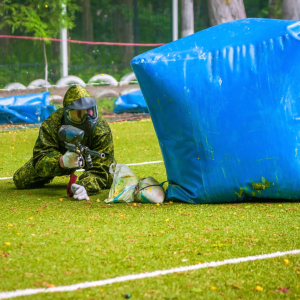Sports and Eye Safety Tips for Players and Coaches

Nearly everyone participating in sports has dreamed of making the game-winning basket, hitting the walk-off homerun, or scoring the last-second goal. Sports are valuable activities, which help keep millions of kids and adults physically fit. The downside, regrettably, is that injuries are a big part of the game.
Some of the most significant ones are eye injuries.
Potential Sports Eye Injuries
The National Eye Institute has reported that eye injuries – no matter the reason – are the leading cause of blindness in children and account for nearly 100,000 emergency room and doctor visits each year.
Some of the most common eye injuries include:
- Corneal abrasion
- Orbital fracture
- Ruptured eyeball
- Detached retina
- Scratched cornea
Which Sports Have the Highest Safety Risks?
Statistics compiled by the National Electronic Injury Surveillance System (NEISS) show basketball presents the most danger to eye health. It’s responsible for nearly 20% of sports-related eye injuries. Baseball runs a close second.
Other high-risk sports include:
- Paintball
- Hockey
- Field Hockey
- Softball
- Golf
- Football
Choosing The Right Eye Protective Gear
The American Academy of Ophthalmology estimates there are nearly 30,000 sports-related eye injuries treated in U.S. emergency rooms yearly. Certainly, this is a concern to both players and coaches, but the good news is that many eye injuries can be easily prevented.
Ninety percent (90%) of sports-related eye injuries can be prevented with proper protective eyewear. Many players make the mistake of thinking prescription glasses will protect their eyes from an injury. This is false. Prescription eyeglass lenses simply aren’t strong enough to manage the impact that can occur during sporting events.
The truth is that non-protective eyewear can shatter upon impact, worsening the damage.
The best eyewear to use during sporting events is made of ultra-strong polycarbonate lenses, which is impact resistant. Before a player begins a sporting event, players and coaches should ensure all eyewear or face guards meet the testing standards of The American Society of Testing and Materials (ASTM).
Below are some guidelines for choosing the right eye protection:
- If a player wears prescription glasses or contacts, protective sports eyewear such as sports glasses or sports goggles should be worn. Sports goggles generally offer the best protection.
- All prescription sports glasses should be shatter resistant.
- If a player has lost sight in one eye, protective eyewear should always be worn to prevent injury to the other eye.
- Basketball and tennis players should utilize polycarbonate goggles or glasses.
- Batting helmets with polycarbonate face shields are best for baseball.
- Helmets and face shields approved by the U.S. Amateur Hockey Association are best for hockey players.
- All athletes, no matter the sport, should wear eye protection meeting safety requirements for their sport.
Sports, whether high-impact, low-impact, or water-based, can always present risks. Pokes in the eye from fingers, as well as accidental blows from elbows and knees all, contribute to eye injury. If you are unsure if you or your child needs to protect your eyes while training or during live sporting events, consult with the coaches and contact your eye doctor.
April is Sports Eye Safety Month.
Don’t leave your eye safety to chance. Please contact The Eye Center, with locations in Huntsville and Madison, at (256) 705-3937 to get prescription sports eyewear.
What Should I Do If I Lose or Break My Glasses While Traveling?
